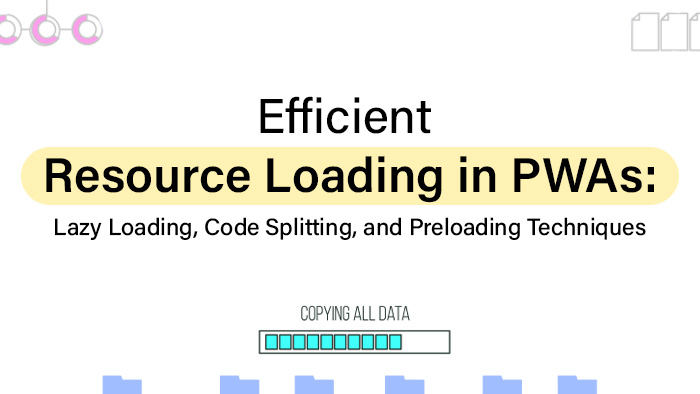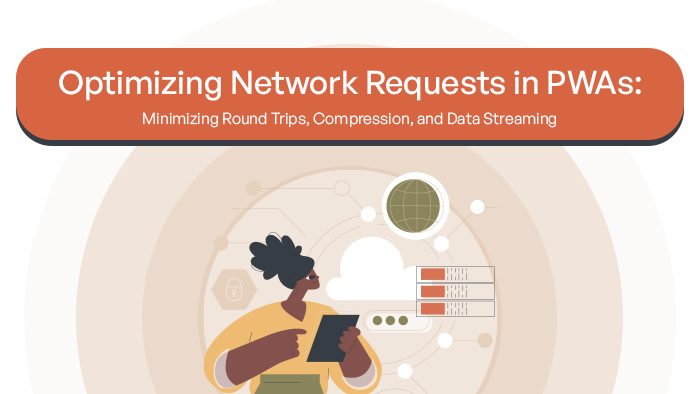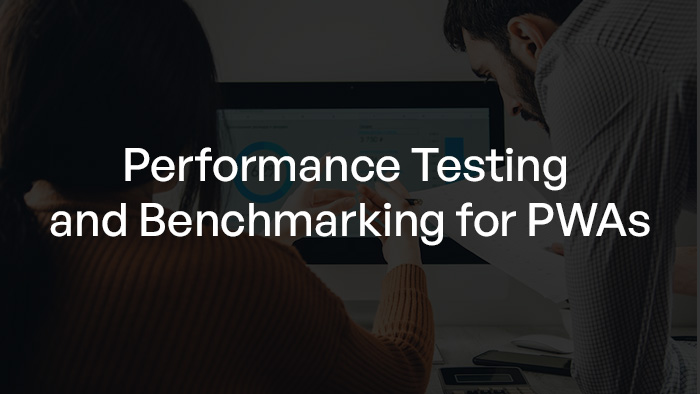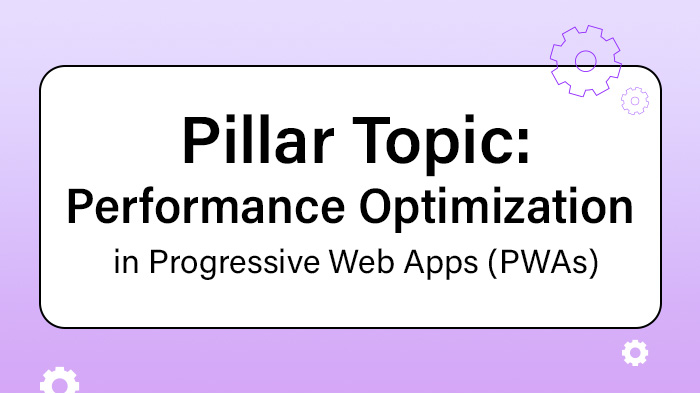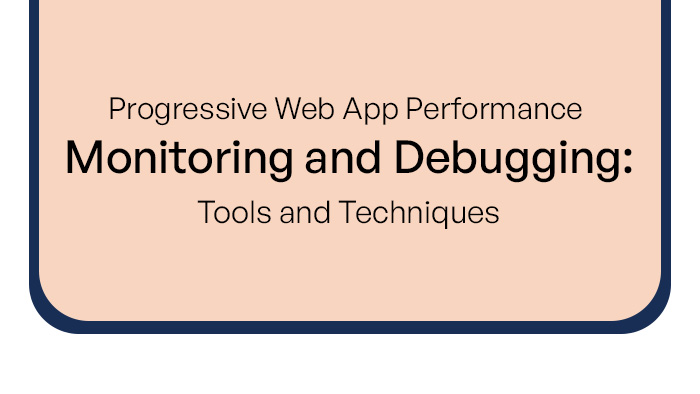
Deep Dive Into Caching Strategies for Pwas: Cache Storage API, Cache Invalidation, and Versioning
In the realm of Progressive Web Applications (PWAs), caching strategies play a crucial role in optimizing performance and enhancing user experience. This article delves into the complexities of cache storage API, cache invalidation techniques, and versioning as essential components of effective caching strategies for PWAs. By exploring these topics in detail, readers will gain a comprehensive understanding of how to leverage cache storage API for offline mode, address security considerations, implement cache invalidation using webhooks and service workers, and stay informed about future trends in this area. Key Takeaways Cache Storage API enables storage and retrieval of network requests and responses for offline usage in PWAs. Caching resources locally improves offline experience and load times in PWAs. Cache invalidation techniques are crucial for managing cache updates and minimizing performance impact. Versioning enables efficient comparison of resource versions and cache invalidation in PWAs. Understanding the Cache Storage API The Cache Storage API facilitates the storage and retrieval of network requests and responses for offline usage in
